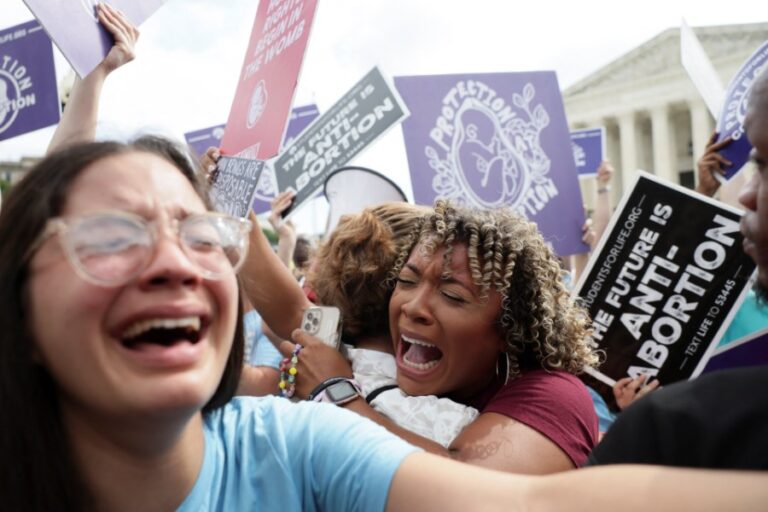None of the countries that the U.S. considers to be its peers recognize a constitutional right to terminate pregnancy, as a matter of private choice, for any reason, up until the moment of fetal viability.
William & Mary Law Review
After a 50-year argument, Roe has been reversed. Full disclosure: never thought that would happen and always thought the issue distracted politicians from the real business of government; thus, I have some go-forward advice for everyone whose blood runs hot on this issue.
Pro-life absolutists should remember 61% of your fellow Americans believe “abortion should be legal in most or all circumstances in the first trimester of a pregnancy” (source: AP:NORC). Pro-abortion absolutists should revisit the enlightened liberals they so admire in Europe, and realize it is not dim-witted to ban late-term abortions.
When the Supreme Court held in Dobbs that “it is time to heed the Constitution and return the issue of abortion to the people’s elected representatives,” it returned the evolution of legal abortion to where it was in 1973, when seventeen states had liberalized abortion laws (that number is 20 today). Hence, it is now a job for democracy (swaying public opinion and electing legislators). The guess here is that morality and common sense will produce something like the European model.
European abortion laws are less about “rights” and more about “outcomes” for pregnant women and society. It’s what the William & Mary Law Review calls a “de facto three-phase approach.” The state imposes few limits on abortions up to about 11 to 14 weeks, adds procedural hurdles for legal abortions after 20 to 28 weeks (the “viability” line), and makes abortions rare after viability (except in urgent life-threatening cases).
Further, Europe’s courts did not enact abortion laws; they were legislated by the elected, which is how the USA will now proceed. That’s now the work of state legislatures, meaning abortion will be legal somewhere in the US (if not in your state), before a federal law can be enacted by Congress and the President. Less likely is a constitutional amendment, requiring two-thirds of Congress and three-fourths of the states.
As a political issue, abortion has been a bad “national” debate; turning party primaries into races to the extreme that weed out centrist statesmen. It’s far better to let the issue incubate in 50 states, resulting in 50 solutions that create quality of life competition for residents and businesses. If state voters are hurt by extreme laws – too draconian or too permissive – they’ll moderate to the current normative national view (almost always in the first trimester and almost never in the third trimester).
As a practical issue, abortion matters to college-educated women, making it an economic issue. Big hospitals and big law firms need professional women. Global brands like BMW have liberal corporate cultures and women in senior positions. The point here is simple: just because your abortion law is “right” does not mean potential customers, employers, investors, and skilled workers agree. It’s hard to imagine this fact won’t invite moderation.
The view here is that – if Roe had not become the “law of the land” – there would be federal laws governing abortion, which would reflect a consensus that is national and NOT extreme. That is the macro-lesson of Dobbs: social-justice movements should invest in public awareness (not lawyers) and electing credible statesmen. Because – – if the cause is just and moral, the average American will be swayed.
